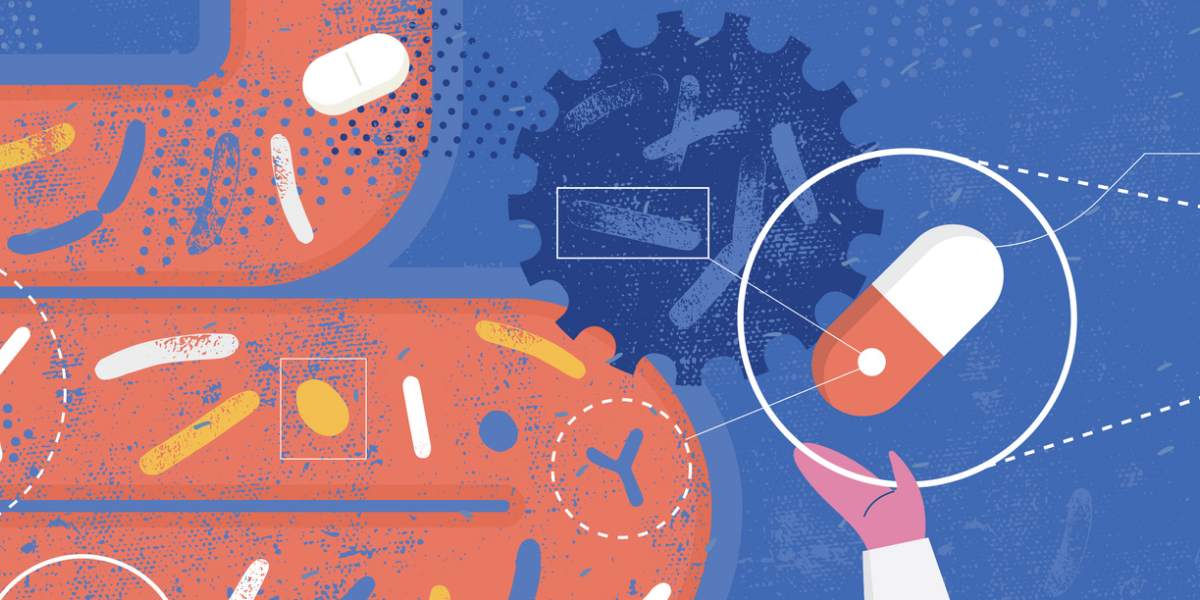To be classed as diabetic (suffering from diabetes mellitus), an individual must suffer regularly from hyperglycemia.
How is regular hyperglycemia determined?
This is usually demonstrated by the following measures, used to determine whether a person is diabetic:
- Fasting plasma glucose level equal to or greater than 126 mg/dL (7.0 mmol/l)
- Plasma glucose equal to o r greater than 200 mg/dL or 11.1 mmol/l two hours after a 75g oral glucose load as in a glucose tolerance test.
- Random plasma glucose – 200 mg/dL or 11.1 mmol/l.
So, a single test could make me diabetic?
Generally, doctors measure two fasting glucose tests ; if both exceed the figure above a diabetes diagnosis is made.
What if your fasting plasma glucose is nearing 7mmol/l?
Those patients whose fasting levels are between 6.1 and 7.0 mmol/L may be diagnosed with impaired fasting glucose, or IFG.
Those who have a level of 7.8 mmol/l may be diagnosed with impaired glucose tolerance, or IGT.
Together, these conditions constitute pre-diabetes.
Read more about:
How do HbA1c levels fit into diabetes diagnosis?
Hba1c is used to track blood glucose levels over a period of time, usually 90 days.
The recommended goal is less than 7.0%. When diabetics keep their HbA1c below this level, they are likely to suffer fewer complications.




